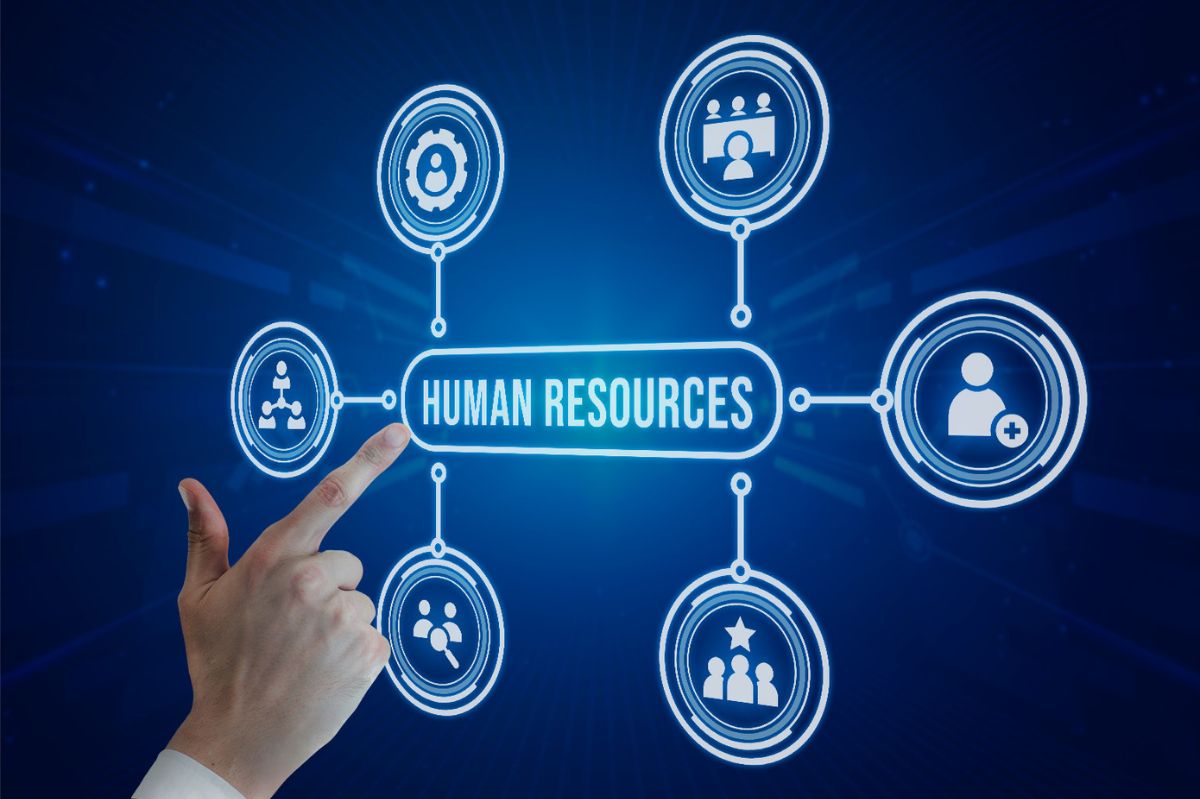The human resources management environment has undergone a profound transformation as a consequence of the changes produced in the training of the workforce, the technological explosion, and the emergence of knowledge as a factor of production.
The strategic role that the human resources function must play in organizations involves the adoption of decision-making models guided by data analytics. HR Analytics and Big Data in HR HH emerge strongly in this context.
HR Analytics is a young discipline driven by advances in Data Science that can strongly contribute to empowering HR departments as true strategic partners for the organization.
Table of Contents
What does HR Analytics include?
Despite the proliferation of HR metrics and scorecards generated in recent years, HR needs the power of good analytics to determine how those metrics perform to move from description to prediction to explanation. When hearing the term HR Analytics, a compendium forms in the head of the reader in which, like a cloud of words, data, indicators, and advanced statistical tools appear.
Although this visualization is not misguided, the truth is that HR Analytics contemplates other fundamental aspects, such as the identification of clear objectives of the analysis, experimental designs that link the analysis with the performance of the organization, or a clear work methodology that allows involvement in the process to the different necessary actors.
HR Analytics, why now?
While Finance, Marketing, and most organizational functions have developed methodologies to generate the information managers need to make strategic business decisions, HR departments have traditionally focused on internal analysis of the function without Paying special attention to your link to the business.
It is time to change the focus: HR professionals must start using data not to describe and explain the past but to ask and answer the question of how employees contribute to the organization’s business.
HR Analytics is thus presented as an essential tool for change as a result of both opportunity and necessity.
The HR Analytics opportunity
The idea of opportunity revolves around the concept that today, more than ever, the data available on people’s behavior is extraordinary in organizational contexts or in their daily work.
The development of technologies has contributed to this to a great extent, both to facilitate access (the capture of these data) and to create complex analytical models. This results in a technological state in which this large volume of data on people’s behavior can be efficiently transformed into knowledge and prospective intelligence.
The Need for HR Analytics
The idea of the need for analytics in human resources revolves around the centrality of human capital as a source of competitive and sustainable advantage for organizations.
In an environment that is more globally competitive than ever and characterized by knowledge as a productive factor, the people who make up organizations emerge as the main source of added value to the business. The fact that the cost of human capital is between 2 and 6 times higher than the financial cost of an organization is not trivial either.
And precisely when the opportunity and the need are ripe enough, it is time to efficiently connect these technological advances with the search for answers to the needs associated with managing people’s talent in organizations.
Also Read : Content Marketing For E-commerce







